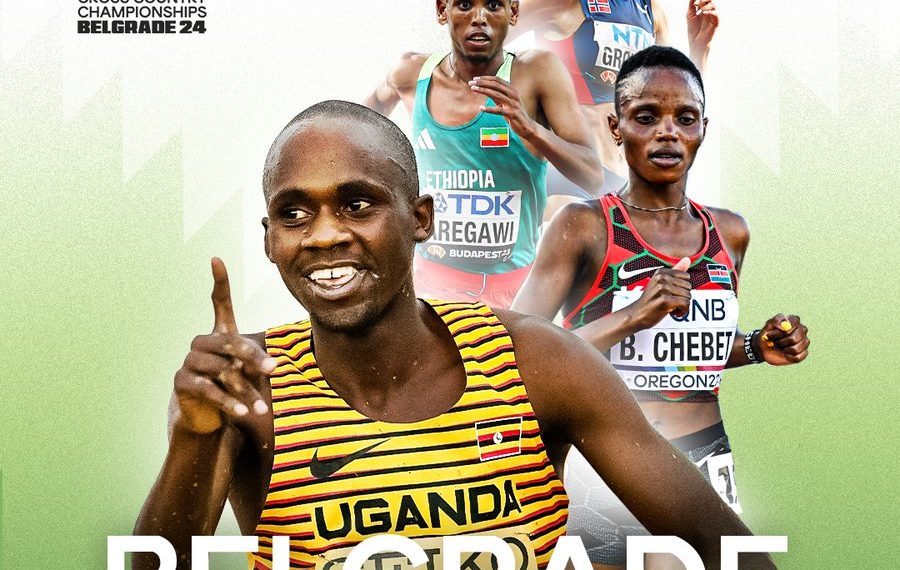This article is from Cathal Dennehy about the World Cross Country event that took place last Saturday, March 30, 2024, in Belgrade, Serbia. Cathal Dennehy is one of our sport’s most prolific and well-traveled journalists, and this was his piece for RunBlogRun.
2024 World Athletics Cross Country: Reflections and Memories by Cathal Dennehy
Stop me if you’ve heard this one before Beatrice Chebet is the world’s best female cross-country runner, and Jacob Kiplimo is the world’s best male cross-country runner. Kenya has the best depth, while Ethiopia and Uganda do their best to keep them honest.
And as for the rest of the world?
All that’s really left are slim pickings for the others who actually show up, while it’s becoming progressively more disappointing – if understandable – why so many choose to stay away.
The World Cross Country is deemed the most challenging race for a good reason. No matter the event, it’s a brutal, savage contest that starts fast and does not slow down. Even world-class athletes who have explicitly prepared are often chewed up and spat out, usually having a haunting, almost harrowing experience in the heat of this cauldron.
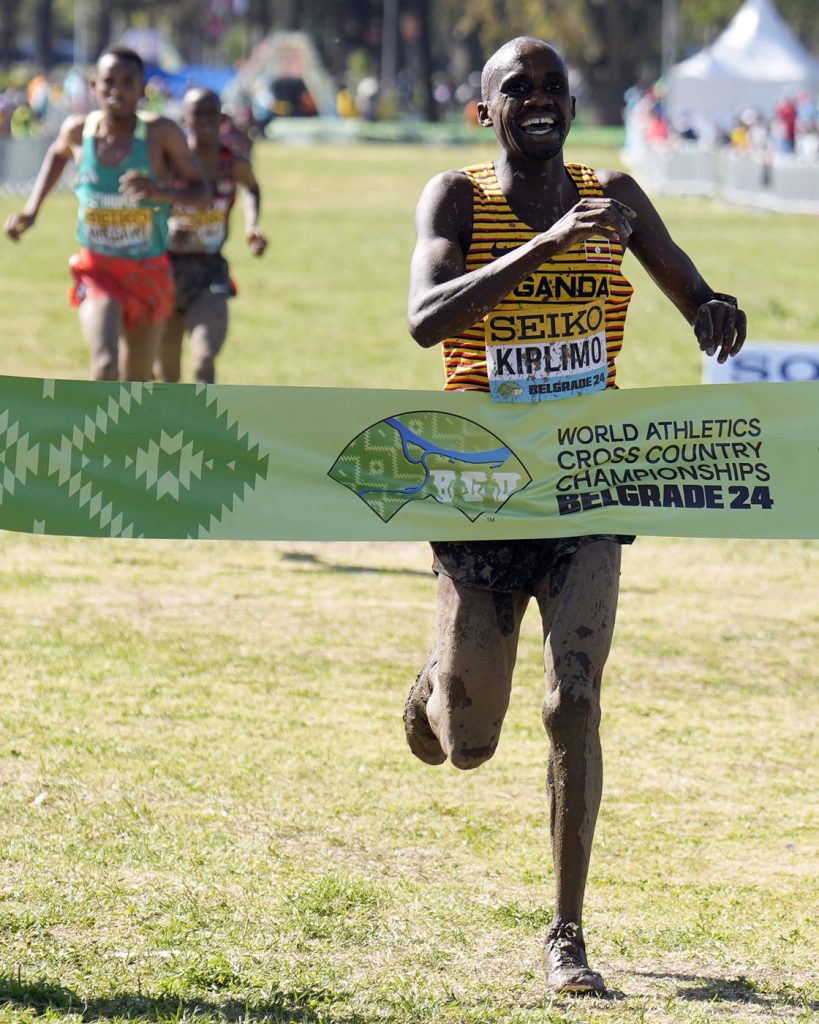
In Belgrade on Saturday, the standard was just as vicious, the speed just as searing, the opportunities to contend for all but a handful of East Africans virtually non-existent. After the finish line, athletes from all over the world lay strewn on the grass, gasping for air, spattered in mud, and often looking beaten in body, mind, and spirit.
But that’s the beauty of this event. If what doesn’t kill you makes you stronger, then close to 500 competitors will have walked away a little better and wiser.
But still, there are questions about this event’s future. If you’re from one of the distance-running superpowers, then all is just as you’d like it to be—the championships prove an ideal stage to showcase your supremacy to the world again.
However, monopolizing the top positions by a tiny cluster of countries leads to a decline in interest elsewhere. It’s possible to both admire the brilliance of the East Africans and acknowledge that their continued dominance is making the rest of the world slowly lose interest in this fabled event.
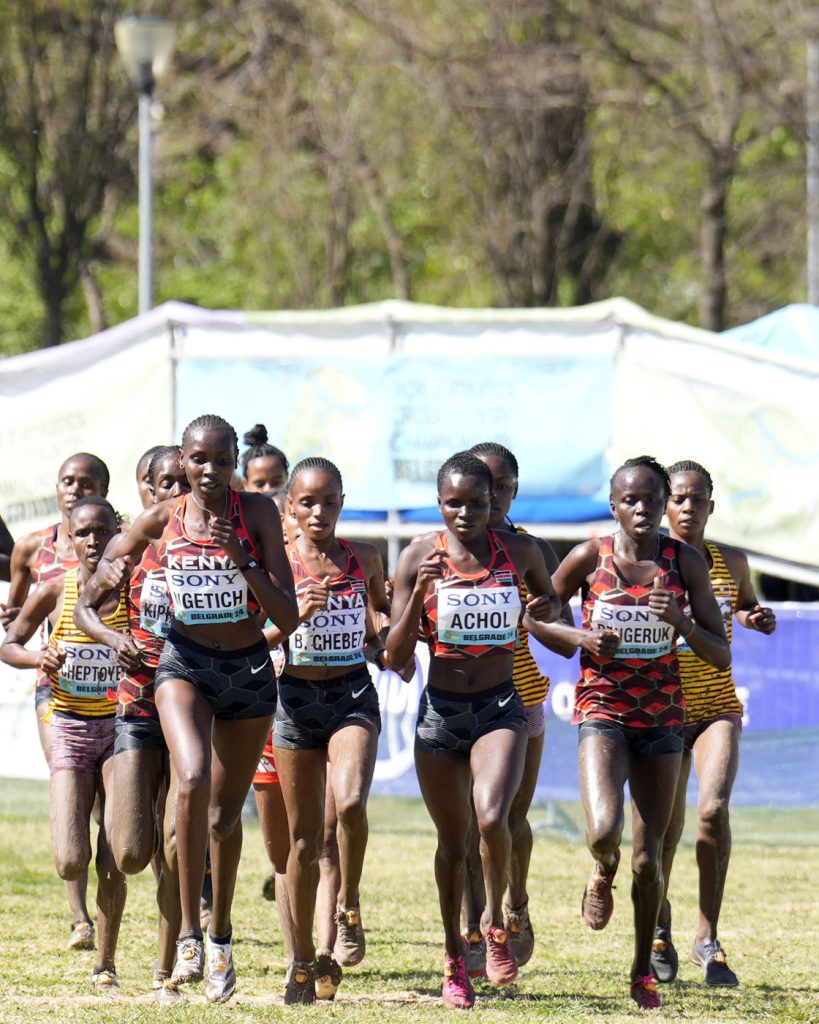
More and more, the leading distance runners from Europe and the US are going elsewhere, and it’s not hard to see why.
Take the senior women’s race in Belgrade.
Karoline Bjerkeli Grovdal, the outstanding European cross-country runner of her generation—a three-time continental champion—had a fine run, giving it her absolute all and coming home 14th. But her 32:49 for the 10km course left her a whopping 1:44 behind the winner, Chebet, and 1:22 behind Agnes Ngetich, who rounded out an astonishing 1-2-3-4-5 for Kenya.
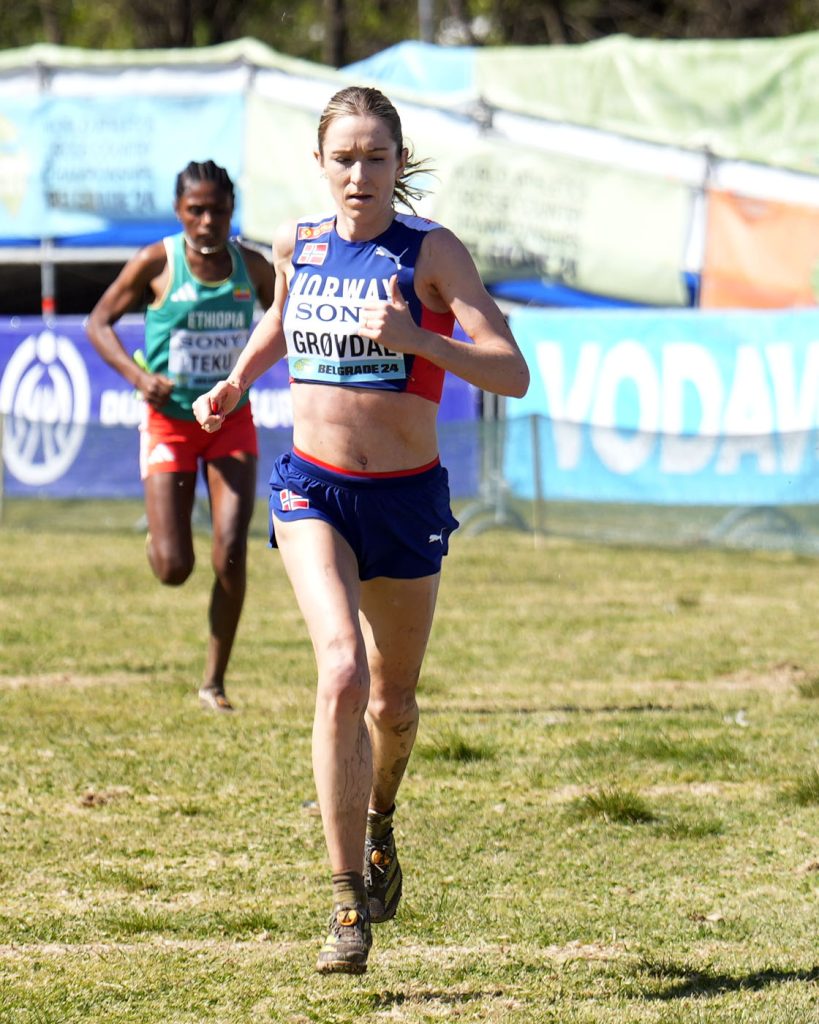
She was the only Norwegian to compete here, and given how far adrift she was while having a solid run, perhaps it’s no surprise that so many other European nations, despite the event being on their doorstep, chose not to bother.
“It’s the toughest race I’ve done,” Grovdal told me afterward. “I was hoping top-10 might be possible, but this competition is tough. I was a bit negative from the start, but I saw the others then get tired, so 14th, I’m happy with that.”
USA’s Weini Kelati Frezghi also showed tremendously, fighting nauseating fatigue levels over the final lap as she faded. Then, she dug in for all she was worth, fighting her way to 15th in 32:53.
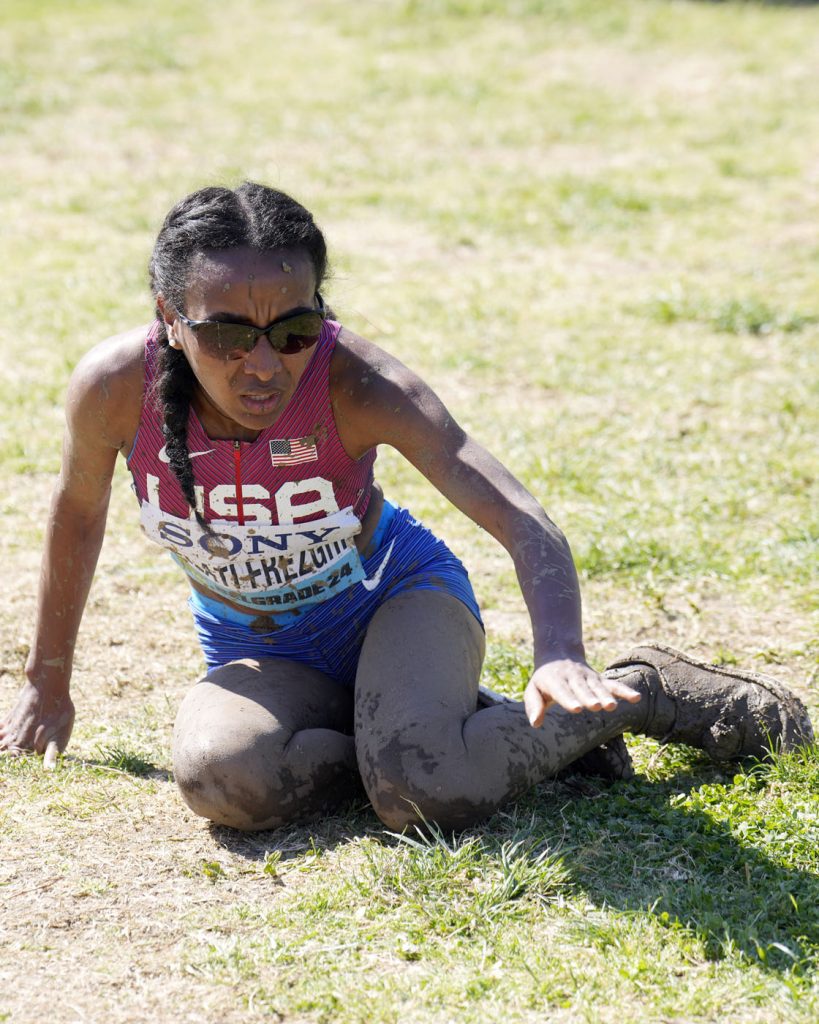
“I felt perfect for three laps, and then I was like, ‘Oh my God,'” she said. “I struggled, but I’m proud to have finished my 15th. I can’t even remember what happened. All I remember is that my body was hotter than the weather, and I thought, ‘Oh my goodness, I’m going to fall down.’ But I said, ‘I’m going to finish, even if I crawl.'”
Chebet was not in any way surprised with the Kenyan sweep. “I thought that was possible because we trained together before we left, and I saw it was a strong team, one that made me even doubt myself,” she said.
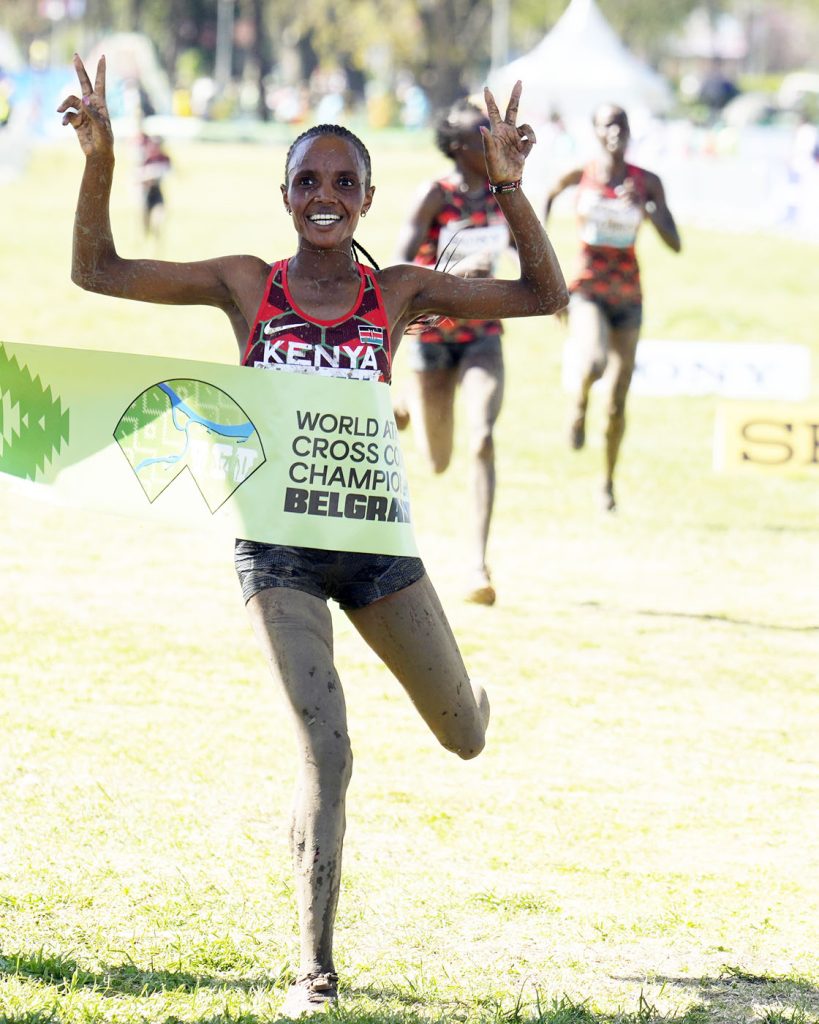
Once again, the men’s race was dominated by the imperious Kiplimo, who kicked clear in the last kilometer to win in 28:09. Spain put up a solid showing against the East Africans in the team race, with Kenya winning gold with 19 points, Uganda silver with 31, Ethiopia bronze with 40, and Spain fourth with 99.
In the women’s team standings, the USA came closest to the podium among non-African nations, finishing fourth with 88 points but still well adrift of bronze medalists Uganda (48).
But the mixed 4x1500m relay proved that other nations can contend, so long as they get on their line and turn out some of their top-level talent. Hats off to Britain for doing so and sending entire teams to Belgrade, knowing the medal chances were slim.
Kenya won the race in commanding fashion, clocking 22:15 to beat Ethiopia (22:43). However, Britain grabbed bronze in 23:00, their anchor Beth Morley producing a superb leg to hoist her nation to a medal, the first by a European nation at the World Cross Country in seven years.
In the U20 men’s race, Kenya’s Samuel Kibathi edged Ethiopia’s Mezgebu Sime to gold, while Japan’s Tomoya Inoue was the leading non-African finisher, well over two minutes behind the medalists.
Ethiopia swept the podium in the women’s U20 race, led by Marta Alemayo. USA’s Ellie Shea was the leading non-African finisher, 15th, with European U20 champion Innes FitzGerald 17th. It speaks volumes that athletes of their caliber were just 6km, 1:22, and 1:42 behind the winner.
On social media, many voiced their skepticism surrounding the ages of the East African juniors, who are known to be chronically unreliable in this category. While that was likely an issue for some, it’s certainly not valid for all. Also, it’s not like the dominance was any less visible at the senior level, where dates of birth become irrelevant.
Belgrade did a decent job hosting the World Cross Country, and any critiques about the paucity of fans need to be tempered with the knowledge that they were stand-in hosts who had just a matter of months, not years, to prepare.
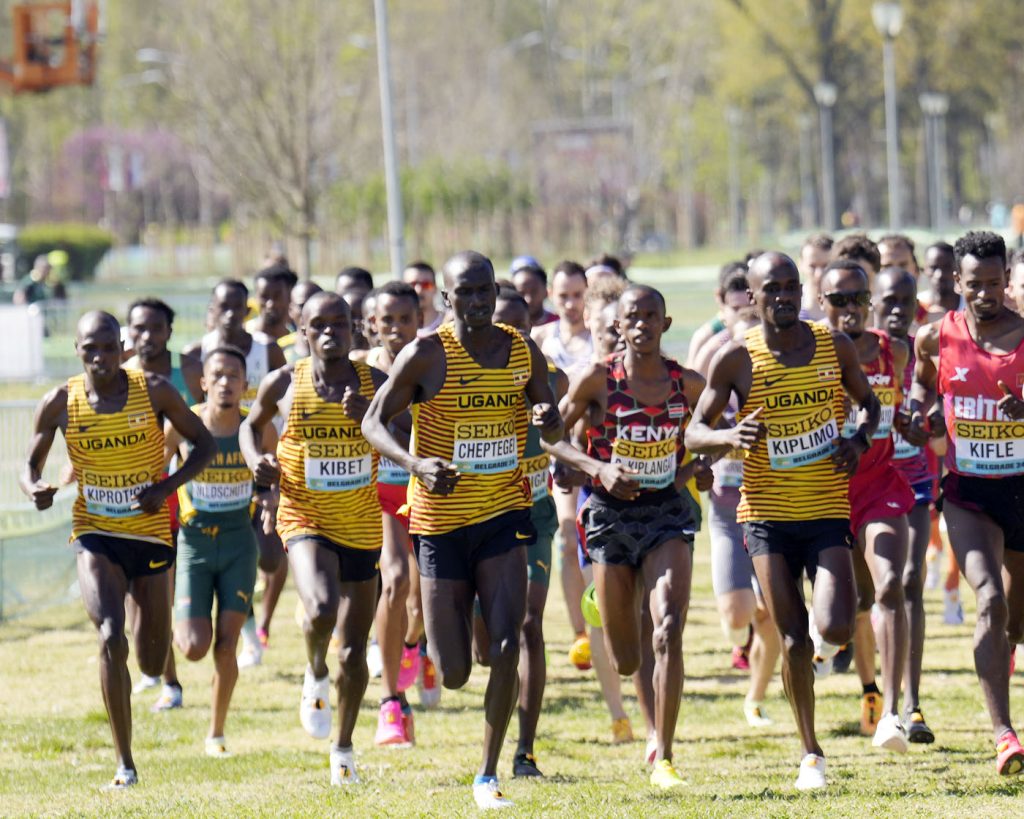
The course was not a vintage one, and while some may have griped about the obstacles like the mud pit or maze of straw bales, dismissing them as gimmicks, they undoubtedly livened up what otherwise would have been a plain loop that made it nothing but a glorified track race. Organizers must also be careful not to stray too far with its difficulty, or the top track runners will simply not show up.
Globally, there seems little doubt that the World Cross Country is struggling for impact, but it retains plenty of its magic and is not beyond restoring to its former glory. The move to January for the 2026 edition in Tallahassee, Florida, can only help.
At that time of year, athletes are knee-deep in the base training that will serve as their summer foundation. Whether you’re a 1500m runner or half marathoner, a 10km cross-country race against the world’s best should fit into your schedules a lot better. Maybe then we’ll see Faith Kipyegon, Sifan Hassan, Jakob Ingebrigtsen, Grant Fisher, and even perhaps Josh Kerr show up and give it a go.
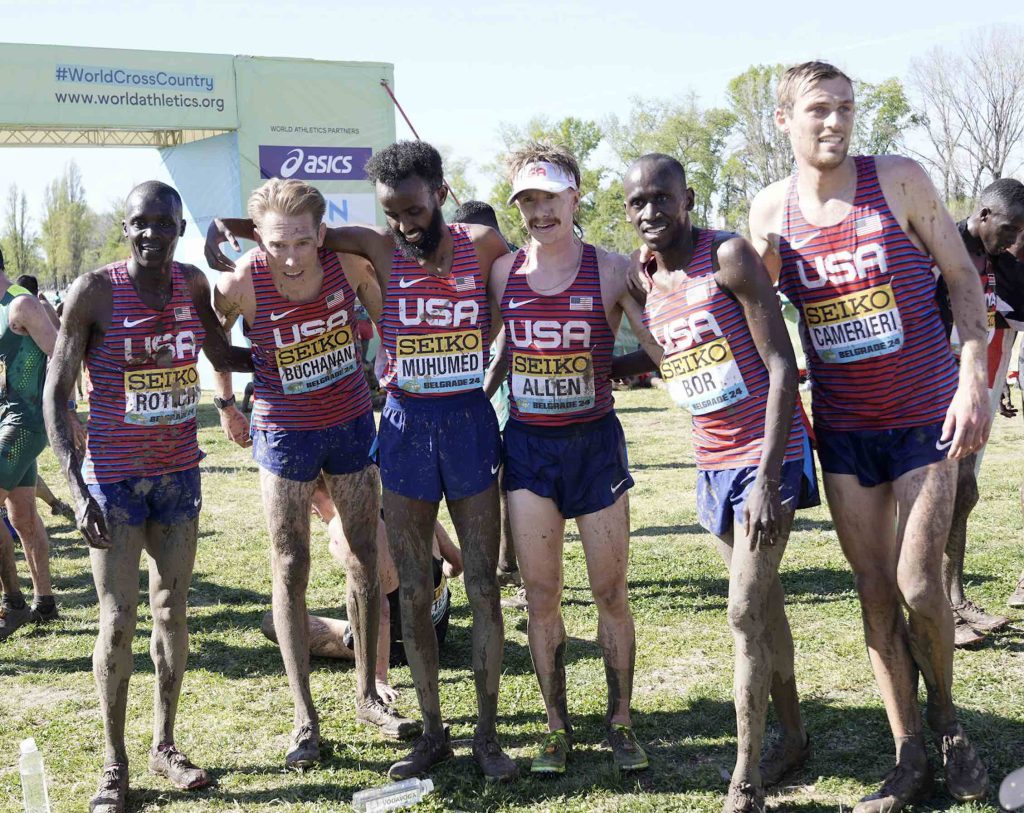
For World Athletics, it makes sense to condense and shift the cross-country season from its current place, where it has declining relevance amid the rising tide of the indoor season.
It would make most sense for the cross-country season to run from October to December, wrapping up before indoors get going. That way, it could fit in much better for those who want to go indoors or compete on the roads through February, March, and April.
That way, the handful of Europeans or Americans capable of competing with the East Africans on this stage will be more willing to show up. That competition will ultimately benefit everyone involved.
The World Cross Country has a rich, captivating past. Yes, it’s not precisely flourishing, but with a few minor tweaks, it could still have a bright future.

